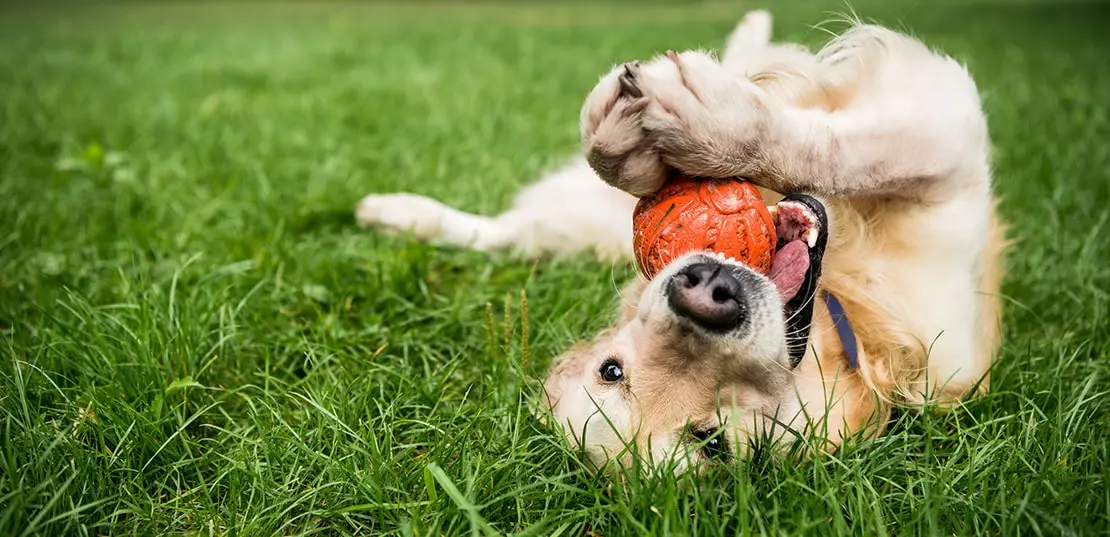
Molossus
Conditions of detention
Molossus dogs were traditionally kept in various environments, from the homes of the wealthy to rural farms. They required plenty of space due to their large size and active nature.
Useful Fact: Due to their size and strength, Molossus dogs were often used as guard dogs and needed secure, spacious living areas.
Nutrition and diet
A balanced diet rich in protein was essential for maintaining the health and muscle mass of the Molossus. Their diet likely included meat, grains, and vegetables, typical of ancient dog diets.
Useful Fact: Providing a diet that meets the nutritional needs of large, active dogs is crucial for maintaining their health and vitality.
Health
While specific health issues of the ancient Molossus are not well-documented, large breeds today commonly face issues such as hip dysplasia, joint problems, and bloat. Regular veterinary care would have been important to address these potential problems.
Useful Fact: Ensuring proper exercise and a healthy diet can help prevent some common health issues in large breeds.
Grooming and care
Molossus dogs likely had a short, dense coat that required minimal grooming. Regular brushing would have helped to remove loose hair and keep their coat healthy.
Useful Fact: Regular grooming sessions not only keep the coat healthy but also provide an opportunity to check for skin issues or parasites.
Education and training
Training a Molossus would have required consistency and firmness due to their strong, independent nature. Early socialization and training would have been crucial to manage their guarding instincts.
Useful Fact: Positive reinforcement methods work best for training large, intelligent breeds to ensure they are well-behaved and responsive.
Toys and entertainment
As working dogs, Molossus dogs needed plenty of mental and physical stimulation. Activities that engaged their natural guarding and protective instincts would have been beneficial.
Useful Fact: Providing large, durable chew toys and engaging in interactive play can help keep large, intelligent dogs mentally stimulated.
Safety
Ensuring a secure environment was crucial for Molossus dogs, given their size and strength. Proper fencing and supervision would have been necessary to keep them safe and prevent them from wandering.
Useful Fact: Strong and secure fencing is essential for large, powerful dogs to prevent escapes and ensure their safety.
Accessories
Basic accessories for Molossus dogs would have included sturdy collars, leashes, and possibly protective gear if they were used in battle or guarding roles.
Useful Fact: Using a harness can provide better control during walks and reduce strain on the dog’s neck.
Socialization
Early and ongoing socialization would have been important for Molossus dogs to ensure they were well-adjusted and confident around people and other animals.
Useful Fact: Puppy socialization classes can help large breeds become well-rounded adults, preventing aggressive or fearful behaviors.
Travel and Transportation
Traveling with a Molossus would have required secure and spacious arrangements, given their size. They would have needed frequent breaks and comfortable accommodations.
Useful Fact: Using a secure crate or a seatbelt harness during car rides can help ensure the safety of large dogs.
Behavior and psychology
Molossus dogs were known for their loyalty, bravery, and protective nature. They formed strong bonds with their families and thrived when given a purpose or job to do.
Useful Fact: Understanding their need for companionship and a role within the household can help prevent behavioral issues in large, intelligent breeds.
Legal aspects
Molossus dogs were known for their loyalty, bravery, and protective nature. They formed strong bonds with their families and thrived when given a purpose or job to do.
Useful Fact: Understanding their need for companionship and a role within the household can help prevent behavioral issues in large, intelligent breeds.


